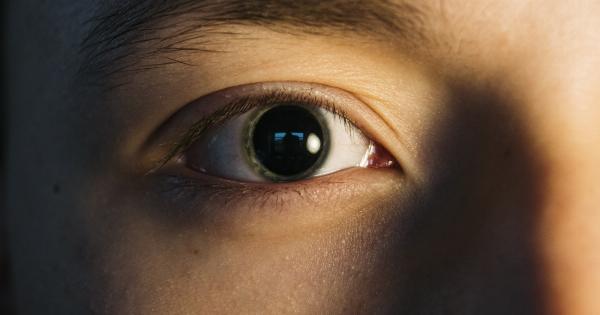Sexual insecurities are not exclusive to any gender, but it is often women who bear the burden of societal expectations when it comes to their sexuality.
Whether it be through media portrayals of the “ideal” female body or cultural shame surrounding sexual desires, many women experience insecurities that can negatively impact their sexual experiences and overall well-being. In this article, we will explore three common female sexual insecurities that every woman should be aware of, in order to promote a healthier and more fulfilling sexual life.
1. Body Image
One of the most pervasive sexual insecurities that women face is body image. Society often perpetuates unrealistic beauty standards that create a continuous pressure on women to look a certain way.
This can lead to low self-esteem and a negative body image, which can heavily impact a woman’s ability to feel confident and comfortable during sexual encounters. It is important for women to recognize that their worth as sexual beings is not determined by their physical appearance alone.
Learning to love and accept one’s body can help alleviate this insecurity and allow for a more enjoyable and fulfilling sexual experience.
2. Performance Anxiety
Another common sexual insecurity among women is performance anxiety.
Society often places a significant emphasis on female sexual performance and satisfaction, which can create a tremendous amount of pressure on women to perform “perfectly” in the bedroom. This anxiety can lead to self-doubt, fear of judgment, and difficulty in achieving sexual pleasure.
It is essential for women to remember that sexual encounters should be about mutual pleasure and connection, rather than meeting unrealistic expectations. Open communication with partners, prioritizing pleasure, and focusing on the journey rather than the destination can help alleviate performance anxiety and promote a more relaxed and enjoyable sexual experience.
3. Lack of Desire or Libido
Many women struggle with a lack of sexual desire or libido, which can lead to feelings of inadequacy and guilt. Often, this insecurity can stem from societal expectations of women as inherently desirable and sexually available.
It is crucial to understand that desire fluctuates naturally and can be influenced by various factors such as stress, hormonal changes, relationship dynamics, and personal experiences. Communication, both with partners and healthcare professionals, is key in addressing this insecurity. There are various therapies, both medical and psychological, that can help women navigate their desire concerns and rejuvenate their sexual lives.
Conclusion
Insecurities surrounding female sexuality are prevalent, but they should not define a woman’s sexual experiences or well-being.
By recognizing and addressing these common insecurities, such as body image, performance anxiety, and lack of desire, women can embark on a journey towards a healthier and more fulfilling sexual life. It is vital to remember that sexual experiences should be consensual, pleasurable, and free from unrealistic expectations or judgment. Women deserve to embrace their unique sexuality and feel empowered in their pursuit of sexual satisfaction.






























